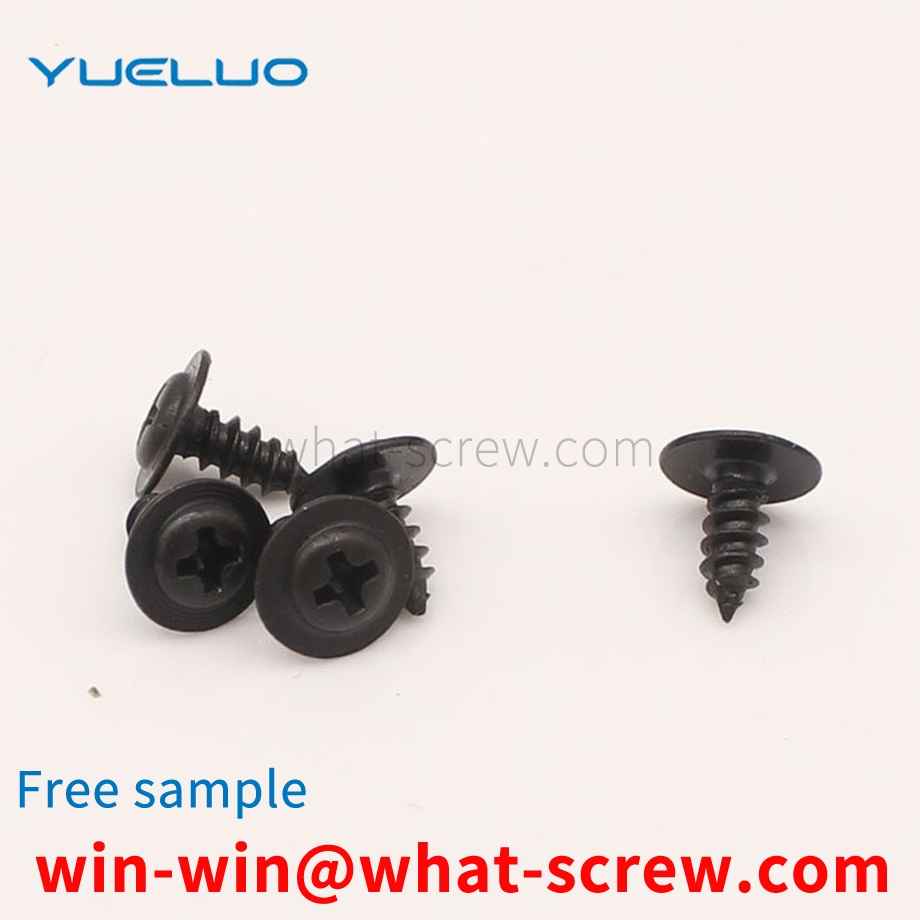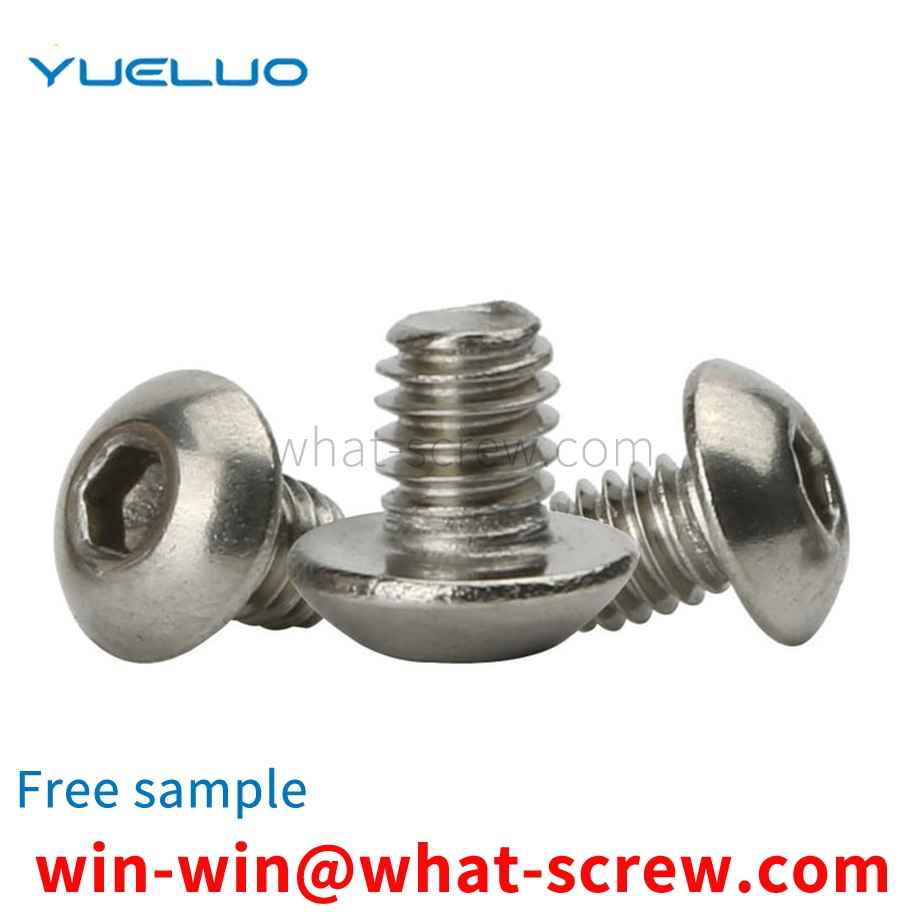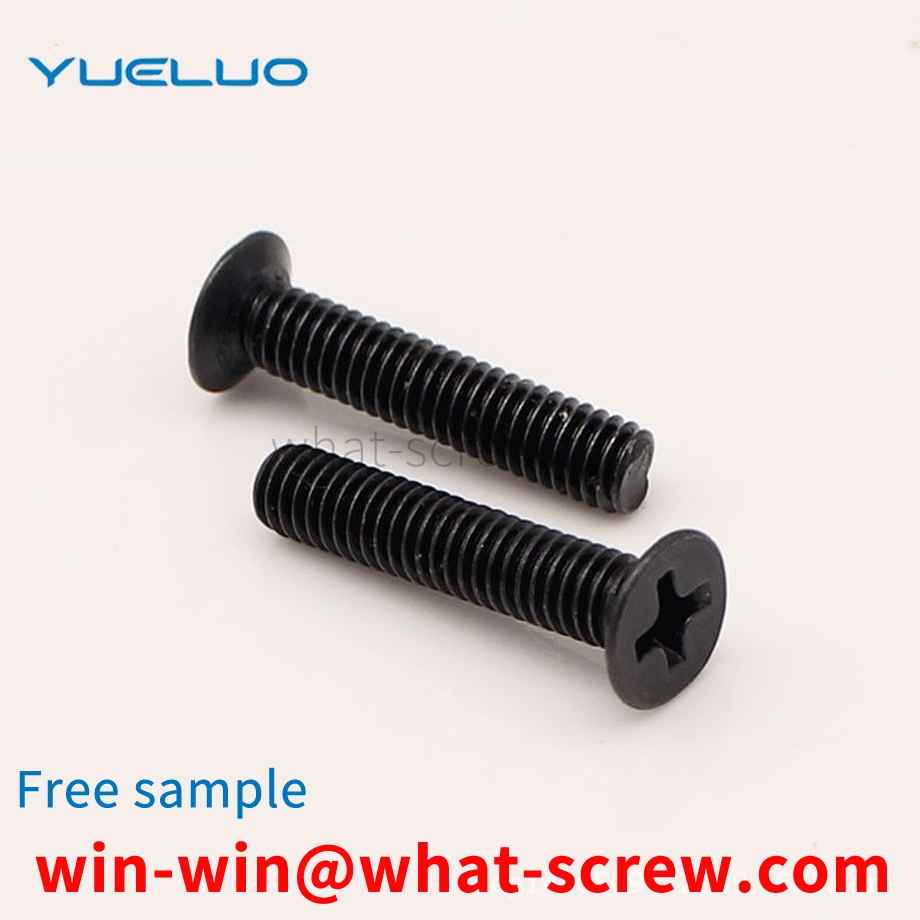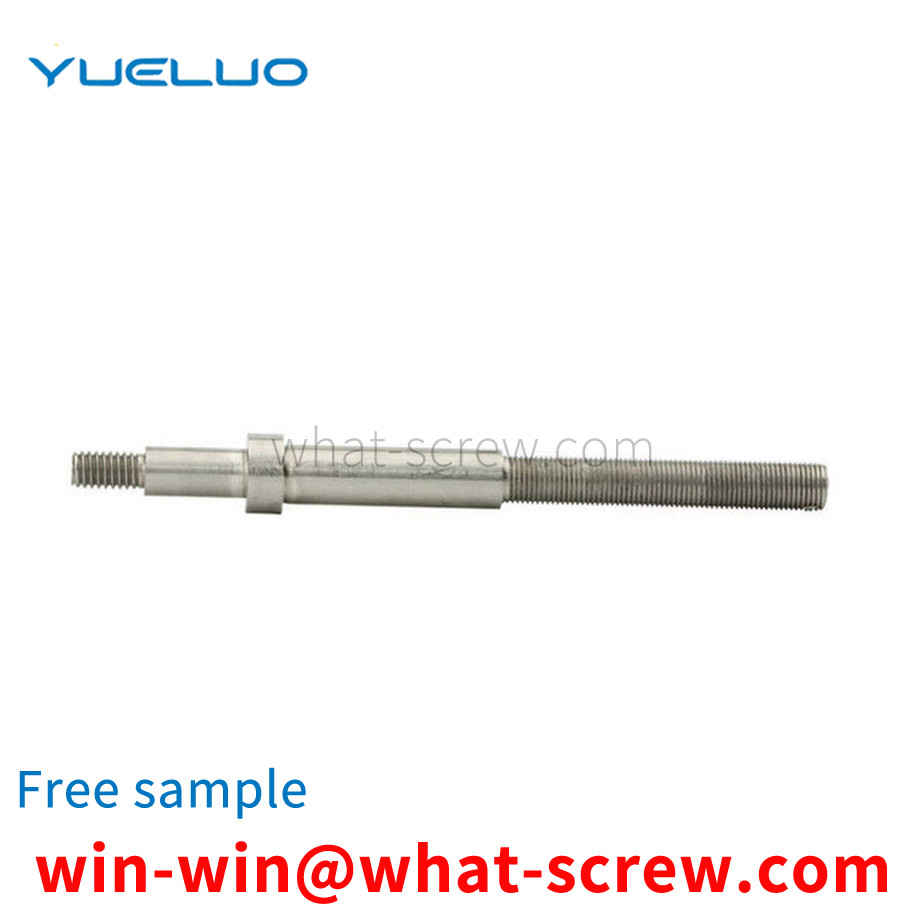What is the tolerance range of precision screws?
What is the tolerance range of precision screws?
Service Hotline
+86760-8787 8587We have more than ten years of experience in screw industry production, the main products are: galvanized rivet nuts, washer size, bottom hole 4.2 small outer diameter, square nuts, 316 bolts, set nuts, nylon flange lock nuts, set combinations Screw nuts, expansion bolt tubes, spring steel washers, spring washers with standard specifications and models, nylon screw caps, camera studs, flat head hexagon socket screws, extra-small copper gaskets and other fasteners, due to different product materials and specifications, Prices also vary, please contact us if necessary.


A T-bolt. This kind of bolt includes a bolt shank and a bolt head, and the bolt head adopts a special cylindrical bolt head, which can be suitable for installation and cooperation of various sizes. Although the shape of such a bolt head is greatly improved compared to the square bolt head in the prior art, the cylindrical bolt head is particularly inconvenient to install, and special installation tools must be used for installation. If the manual direct installation method is adopted, since the force area of the finger touching the side of the cylinder is small, it will increase the difficulty of the installation work and needs to be improved.

Washers are common parts that are annular or annular after compression. The existing standard washers include flat washers, spring washers, serrated lock washers, saddle washers, etc. The end faces are mostly flat or flat after compression. , so it is in surface contact with the workpiece. Generally, after the two workpieces are locked by washers, bolts and nuts, the workpieces cannot move in any direction, so as to achieve the purpose of tightening the two workpieces. In actual production, some workpieces are still required to be properly translated in a certain direction after locking. In order to achieve this requirement, the usual practice is to open a waist-shaped hole on the workpiece that needs to be moved, and the zigzag-shaped bushing is fitted with a flat washer after passing through the waist-shaped hole, as shown in FIG. The edge of the hole is located in the space enclosed by the bushing and the flat washer, and a gap is formed between the workpiece and the bushing and the flat washer, so that even if the bolt passes through the flat washer, the bushing and the workpiece in turn, it is threaded and locked with the nut. tight, the workpiece can still translate along the length of its girdle hole. Obviously, this method can achieve the requirement of proper translation of the workpiece, but the following deficiencies can still be found in the actual assembly. First, before locking, the bushing, washer and workpiece are separated from each other, so it is more inconvenient to assemble; secondly, the lining is The separation structure of the sleeve and the gasket is inconvenient to manage, and the disassembled gasket and bushing are easy to lose and affect the use again.


The conventional auger bit structure 1 includes a rod body 11, a screw head 12 provided on one end of the rod body 11, a drill tail 13 provided on the other end of the rod body 11, and a plurality of threads 14 arranged around the rod body 11; Wherein, the periphery of the drill tail 13 defines a parting line 15, and the parting line 15 makes the drill tail 13 symmetrically divided into a side 131 and a side 132, and a cutting end 133 is formed at the junction of the end of the side 131 and the end of the side 132, respectively. The cutting end 133 is concavely provided with a quarter-turn chip flute 134 in the same direction of the helix, and the edge 132 continues the chip flute 134 and has a quarter-turn chip flute 135 with different helical curvatures. , by connecting the chip groove 134 and the chip groove 135 through different helical curvatures, the drill tail 13 can form a symmetrical and complete chip groove of 188 degrees.

For a long time, the rivets used in general riveting, especially the ordinary rivets and bolts and other fasteners commonly used in steel structures such as vehicles and bridges, have low connection reliability, especially under alternating load and impact conditions. Looseness is easy to occur, the maintenance cycle is short, and the maintenance cost is high in the later period, which cannot meet the requirements of railway freight.

The above content is uploaded by Yueluo or the Internet. If there is any copyright issue, please contact [email protected].

What is the tolerance range of precision screws?

How to choose the right stainless steel screw manufacturer?

Why is there an R angle under the head of the hexagon head s...

We have more than ten years of production experience in the ...

We have more than ten years of experience in the production ...

We have more than ten years of experience in the production ...

We have more than ten years of experience in screw industry ...